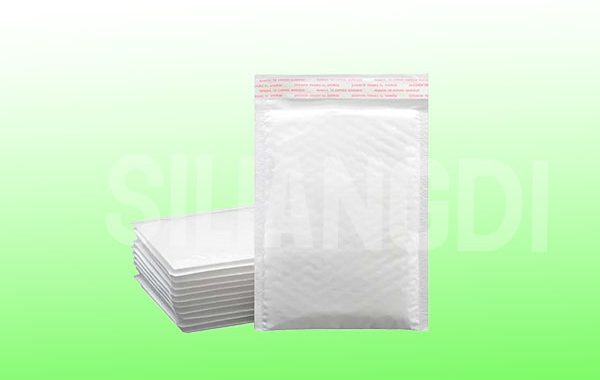Why 90% US Glass Merchants Choose Bubble Bags? In-depth Analysis of 85% Damage Reduction Technology
Performance Comparison of Glass Transportation Solutions
2023 US Packaging Laboratory Glass Transport Test Data
| Solution | Damage Rate | Cost Index | Efficiency | Eco-Score | Glass Thickness |
|---|---|---|---|---|---|
| Standard Bubble Bag | 3.5% | $$ | 9/10 | 7/10 | 3-5mm |
| Heavy Duty Bubble Bag | 0.8% | $$$ | 8/10 | 6/10 | 5-8mm |
| Composite Bubble Bag | 0.2% | $$$$ | 7/10 | 5/10 | 8-12mm |
| Traditional Paper | 12.5% | $ | 5/10 | 9/10 | 2-4mm |
| Foam Filling | 2.1% | $$$$ | 4/10 | 4/10 | 3-10mm |
Core Protection Mechanism of Bubble Bags
- Air Cushion System: Independent air cells create multiple buffer layers, absorbing 90%+ impact energy
- Pressure Dispersion: Bubble structure distributes impact force across entire surface
- Surface Adaptability: Flexible material conforms perfectly to glass surfaces
- Vibration Frequency Control: Different natural frequency prevents resonance breakage
Technical Parameters & Standards
- Bubble Diameter: ø10mm (small bubbles) for better protection
- Film Thickness: 80-100μm double-layer structure
- Puncture Resistance: ≥400kPa to prevent damage
- Static Friction Coefficient: 0.4-0.6 to prevent sliding
Siliangdi remains committed to innovation, quality, and service. We will continue developing and producing more eco-friendly, high-performance packaging materials, striving to provide exceptional packaging solutions for more enterprises. Together, we enhance brand value and market competitiveness.
Contact Us for Custom Sizes & Private Label Options
Email:packing@siliangdi.com
Email:SLD@siliangdi.com
